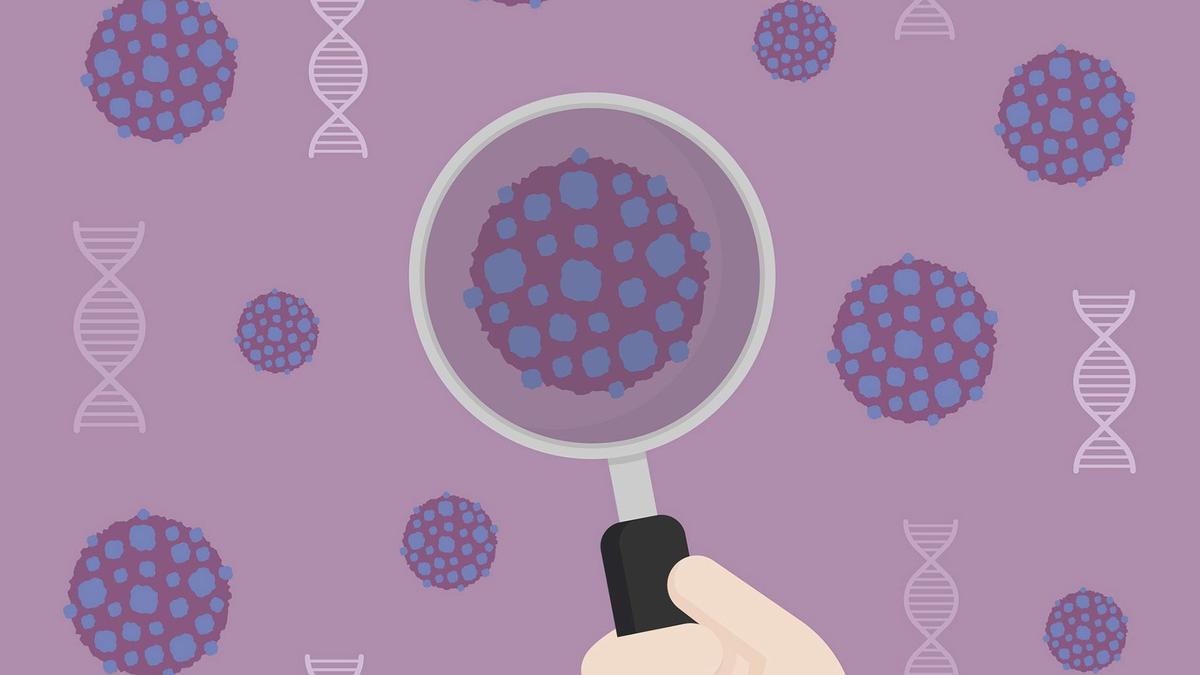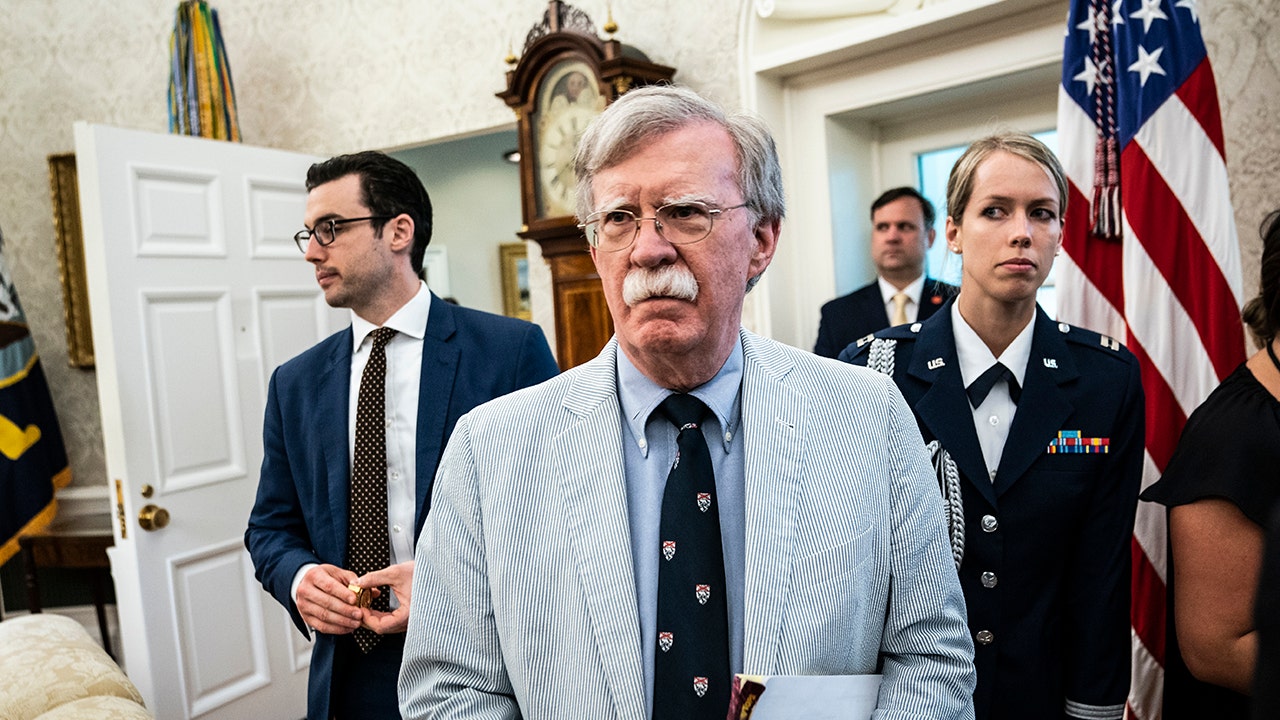
This is a rare instance of AI being used in the process of scientific discovery to design practical drug candidates.
| Photo Credit: Getty Images/iStockphoto
Opening a portal to a new approach to drug discovery, Google unveiled a family of Artificial Intelligence tools that proposed a drug combination for detecting cancer that human experts did not know about, which seemed effective in laboratory conditions.
This is a rare instance of AI being used in the process of scientific discovery to design practical drug candidates.
The Cell2Sentence-Scale 27B (C2S-Scale) is a 27-billion-parameter foundation model designed to understand the language of individual cells. “This announcement marks a milestone for AI in science,” Shekoofeh Azizi and Brian Perozzi, staff scientists at Google DeepMind and Google Research, respectively, said in an accompanying blogpost, adding, “C2S-Scale generated a novel hypothesis about cancer cellular behaviour and we have since confirmed its prediction with experimental validation in living cells. This discovery reveals a promising new pathway for developing therapies to fight cancer.”
Their research paper, with the scientific details, was made available for public scrutiny at bioArxiv, a repository of pre-prints where researchers sometimes post their work for open peer review before submitting it to a research journal.
The problem that researchers set out to solve was how to detect an emerging tumour when the immune system itself was unaware of it. A strategy was to force such nascent tumours to display immune-triggering signals through a process called antigen presentation.
The C2S-Scale 27B model was given a task: find a drug that boosts immune signals only if low levels of interferon are present. Interferons are proteins produced by the body and act as frontline defenders against infections and tumours. This is a situation that exists when a tumour is likely secretly growing while avoiding the body’s natural threat detection system. Small AI, or Large Language Models — the mainstay of the AI now being deployed — were unable to learn this. By exposing the 27-billion parameter model to two large data sets — real-world patient samples with tumour-immune interactions plus low-level interferon signalling and cell-line data with no immune context — the scientists trod upon insight.
They first simulated the effect of over 4,000 drugs and noted how many of them worked in situations where interferon levels were low even as the tumours grew. Out of the many drug candidates highlighted by the model, a fraction (10%-30%) of drug hits are already known in prior literature, while the remaining drugs were “surprising hits with no prior known link”. The model zeroed in on a chemical drug called silmitasertib that only seemed to boost the immune system when it suspected a tumour.
“What made this prediction so exciting was that it was a novel idea… inhibiting CK2 (a protein expressed by tumours) via silmitasertib has not been reported in the literature to explicitly enhance … antigen presentation. This highlights that the model was generating a new, testable hypothesis, and not just repeating known facts,” the researchers stated.
While there have been AI models previously that have identified drug targets in this way, their next step was novel. They tested it in human neuro-endocrine cell models — a cell type that was completely unseen by the model during training. The experiments demonstrated that the combination of silmitasertib and low-dose interferon resulted in a roughly 50% increase in antigen presentation, which made the tumour more visible to the immune system.
“The model’s in silico (computer-based) prediction was confirmed multiple times in vitro (in the lab). C2S-Scale had successfully identified…a powerful, experimentally-validated lead for developing new combination therapies, which use multiple drugs in concert to achieve a more robust effect,” the researchers wrote in an accompanying blog post.
They added that teams at Yale University in the United States were testing newer combinations as well as in “clinically validated” settings.
“With more pre-clinical and clinical tests, this discovery may reveal a promising new pathway for developing therapies to fight cancer,” Sundar Pichai, CEO, Google and Alphabet, posted on social media platform X on Thursday (October 16, 2025).
Published – October 16, 2025 03:47 pm IST





